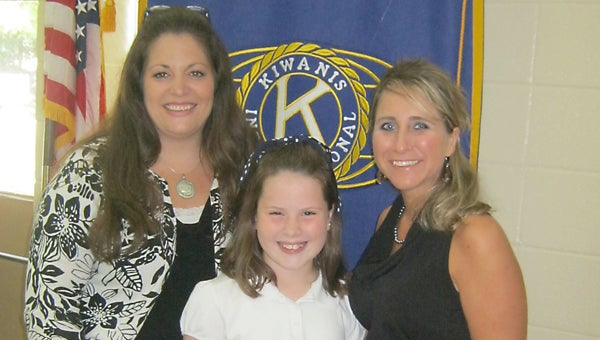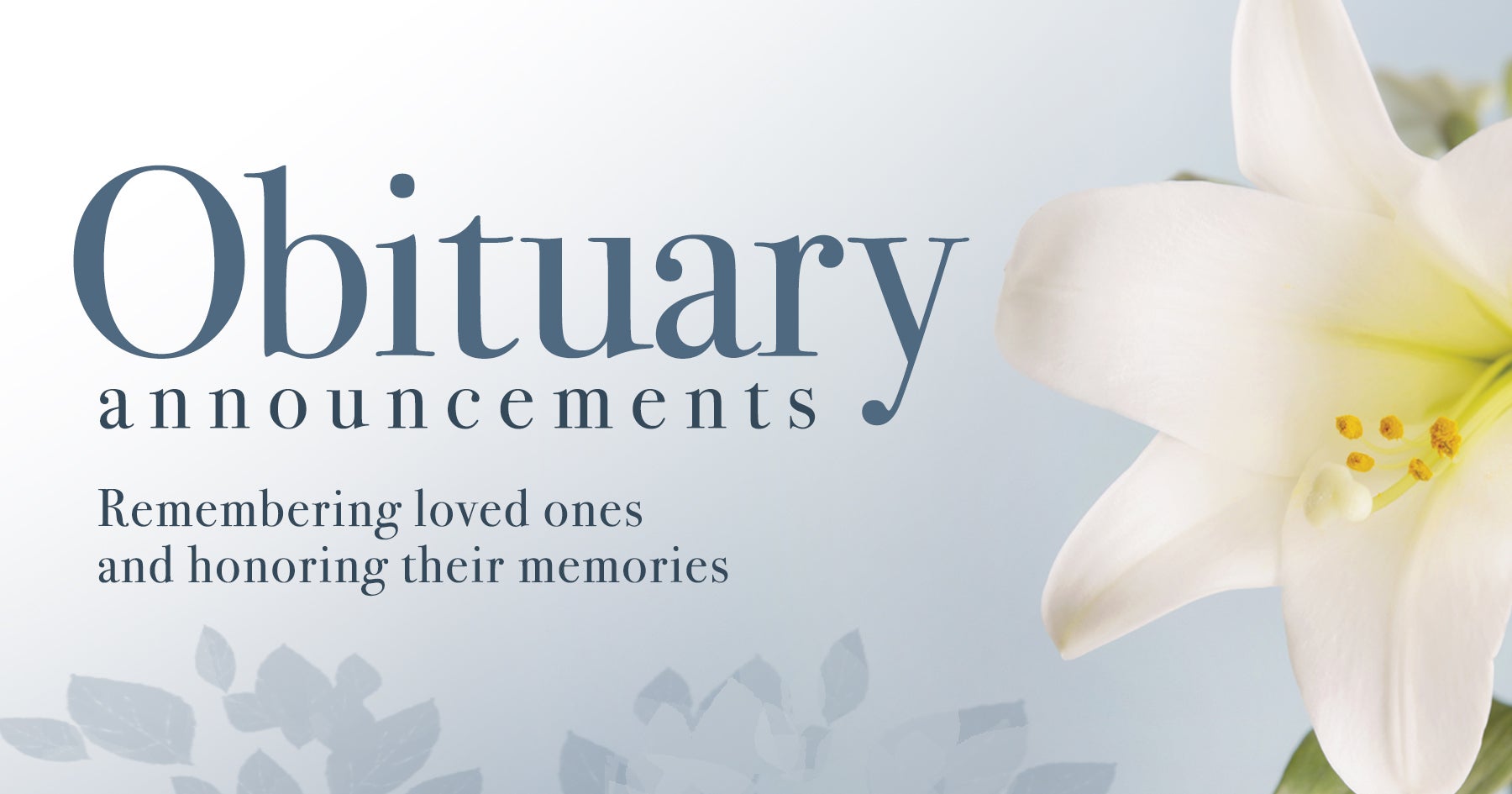Program allows students to shine
Published 4:15 pm Monday, October 11, 2010

Haylee Patton, 5th grader at Greenville Middle School, is one of nearly 150 students 3rd through 6th grade served by the Gifted Education Program in the county. During her years in the program, she has participated in brainstorming activities, honed her critical thinking skills and spearheaded projects such as “Go Green Greenville” at GMS, where she helped plant “a ton” of flowers to beautify the campus. (Photo, Angie Long)
Her name is Haylee Patton and she is a rising star in the Butler County School System.
Patton, a 5th grader at Greenville Middle School, is in her third year as a student in the county’s Gifted Education Program.
Haylee, along with her gifted teacher Amy McClellan, shared details about the program with Greenville Kiwanians and their guests Tuesday. Haylee is one of 154 students countywide selected, after referrals, a battery of evaluations and interviews, to participate in the program this year. The program serves 3rd through 6th graders throughout the county.
Former GES principal Tera Simmons, now an administrator for Special Services for the district, applauded Haylee for her “wonderful leadership skills and great ideas with follow-through” during Simmons’ tenure at GES.
“I can tell you she is going to be one to look out for, so remember her name,” Simmons said.
It’s more than just an above-average IQ that makes a child like Haylee eligible for the Gifted Ed Program, says Amy McClellan, Gifted Specialist for the local school system.
“Gifted placement used to rely solely on IQ assessment; that’s not true any more. These are students who are achieving or have the potential to achieve, at high levels in academic or creative fields when compared with their peers,” McClellan said.
“Gifted children are found in all populations, social strata and every area of human endeavor.”
They are often curious, intense, highly creative, display keen spatial intelligence and the capability to master new content quickly, she added.
For those parents or guardians who suspect their elementary school student might be a candidate for the program, standard referrals as set by the student handbook can be made at any time for students six years and older, with all second graders evaluated each year through Second Grade Child Find.
The prospective candidates for the program are evaluated through an IQ assessment with a minimum score of 118 accepted (average IQs range from 90 to 110); work and product samples and interview data.
Once all data is collected and plotted on the State Department matrix, the evaluation team meets and determines a child’s eligibility for the program.
“However, a gifted student with a score of 118 would have very high indicators in other parts of the evaluation, such as creativity and spatial intelligence,” McClellan said.
Haylee, like the other gifted students, gets to spend three hours per week with McClellan, who is a traveling teacher serving four grade levels in four schools across the county.
Students engage in projects relating to the Fine Arts, Personal and Social Growth, Creativity, Thinking Skills and Guidance and Counseling.
While a student at GES, Haylee came up with a beautification program called “Go Green Greenville.”
“As students and teachers, we can together to work and improve our campus. We got flower pots and tons of flowers and we even won the Clean Campus award a couple of times,” she explained.
From unscrambling the ingredients for a pretzel recipe to brainstorming and implementing ideas to save a mythical creature and writing and performing a play that demonstrated solution to said problem: Hayley says the Gifted Education Program has given her little grey cells a big work out and helped her hone her leadership skills.
“Teaching these kids is challenging and exciting and you really never know what a day will bring,” McClellan, who is in her 15th year of teaching and 13th year as a gifted specialist, said.
“Our ultimate goal is to ensure each child reaches his or her full potential to be able to meaningfully contribute to society. We want them to develop a life-long love of learning along the way.”





